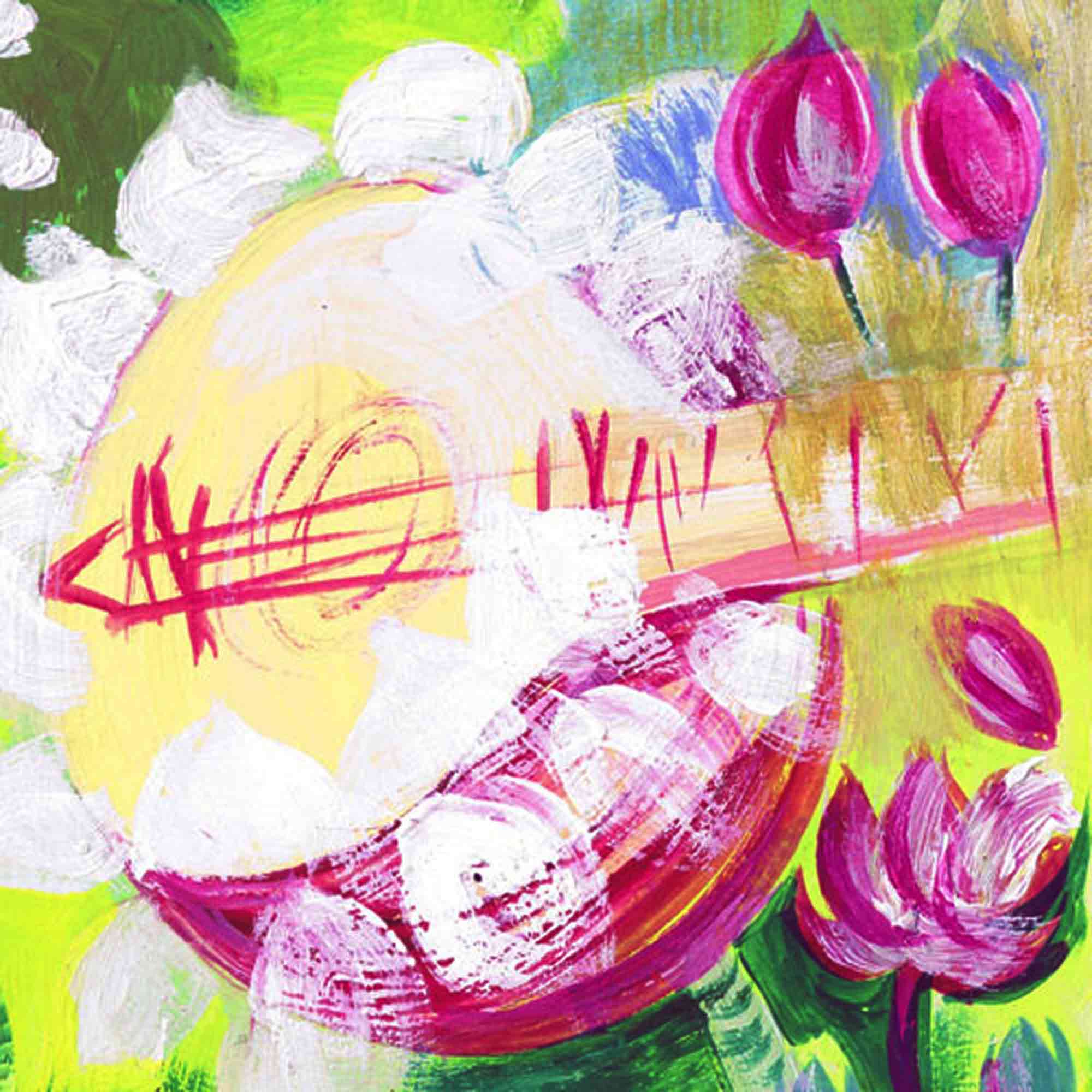 Eine musikalische Reise durch Südindien
Eine musikalische Reise durch Südindien
Die Musik des südlichen Indien birgt viele Geheimnisse, aber soviel sei hier schon verraten: ihre Vielfalt verdankt sie der Lebensfreude und Mobilität von Menschen aus vielen Epochen und Regionen. Und weil dort recht unterschiedliche Kulturen zusammenfliessen eignet sie sich ganz besonders zum spontanen, gemeinsamen Musizieren – auch ganz ohne Vorkenntnisse!
Dazu nimmt uns der in Chennai ausgebildete, in Amsterdam lebende Flötist und Musikpädagoge Ludwig Pesch mit auf eine musikalische Reise. Für seine “Vermittlung von Geist und Leben Indiens” wurden ihm gleich zwei Kulturpreise verliehen.
Reise- und Lernziele
- Tiere schenken Töne (Karnataka)
- Innehalten: vom Klang des Glücks (Andhra Pradesh)
- Frische Farben, forsche Formen (Kerala)
- Zahlen, die klingen und swingen (Tamil Nadu)
Wie bei uns haben regionale Traditionen viel zur gemeinschaftlichen Kultur Indiens beigetragen. Zugleich ist jeder einzelnen auch etwas Besonderes zu eigen. Facetten, die auch unser Leben und Lernen bereichern können, sind Thema dieser musikalischen Reise.
Mehr über die “karnatische” Musik Südindiens mit interaktiver Landkarte >>
Dieses interkulturelle Programm wird den jeweiligen Altersgruppen und besonderen Möglichkeiten vor Ort angepasst. Es ist überall – bei gutem Wetter auch im Freien – ohne technischen Aufwand realisierbar. Zur aktiven Beteiligung genügend Hände und Stimme.
Zeitlicher Rahmen: die kurze Variante entspricht einer Unterrichtsstunde, die längere ist ein Workshop für Kinder mit Eltern (Museum- und Sonderpädagogik), für Schüler oder Erwachsene. Dabei steht eine fantasievolle Übertragung von Rhythmen und Melodien in Bewegung und Bild zentral. Auf Wunsch wird gemeinsam mit Lehrern bzw. Betreuern ein zum Lehrplan, einem bestimmten Anlass oder einer Ausstellung passendes Programm zusammengestellt.
Die ganztägige Reise klingt vorzugsweise mit einer gemeinsamen Darbietung für Angehörige aus.
Kosten: nach Absprache – Honorar und Reisekostenerstattung mit Unterkunft gemäß ortsüblichen Standards.
Illustrationen: V.C. Arun
















